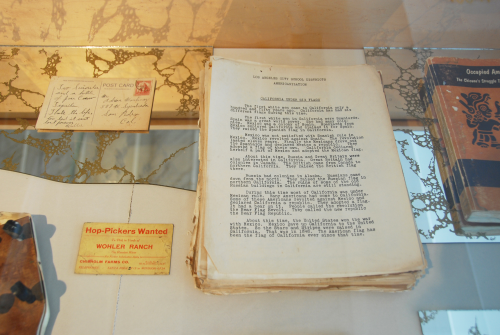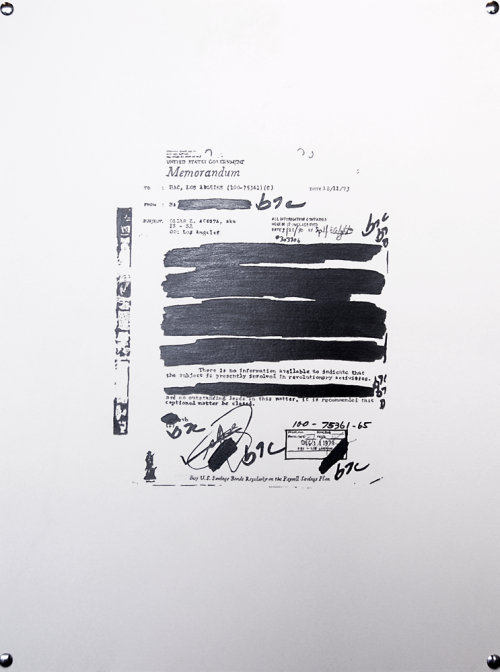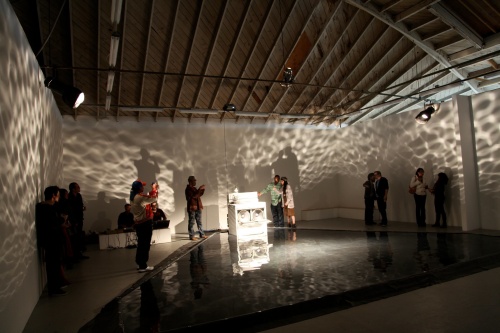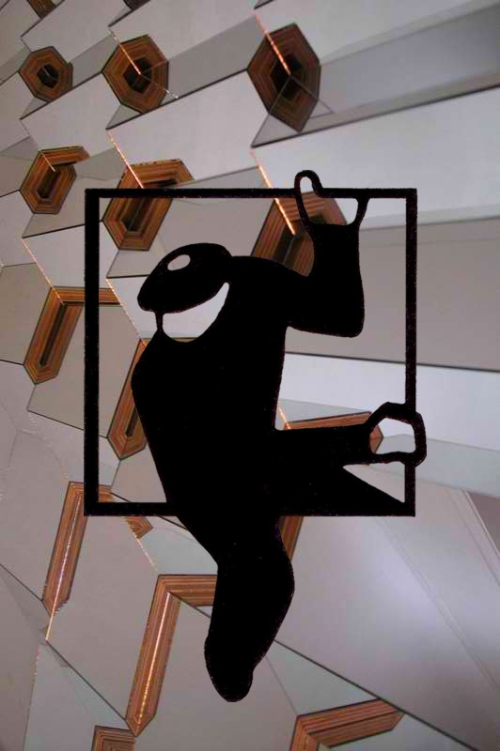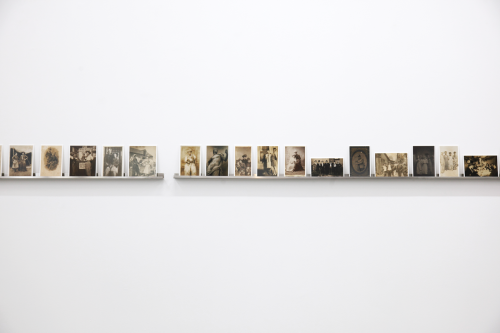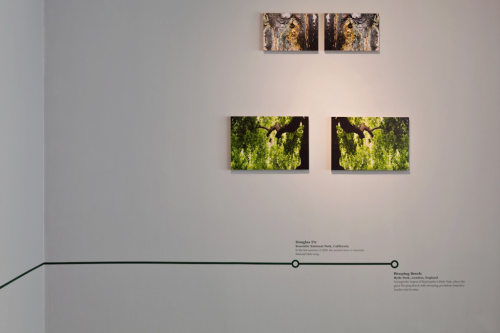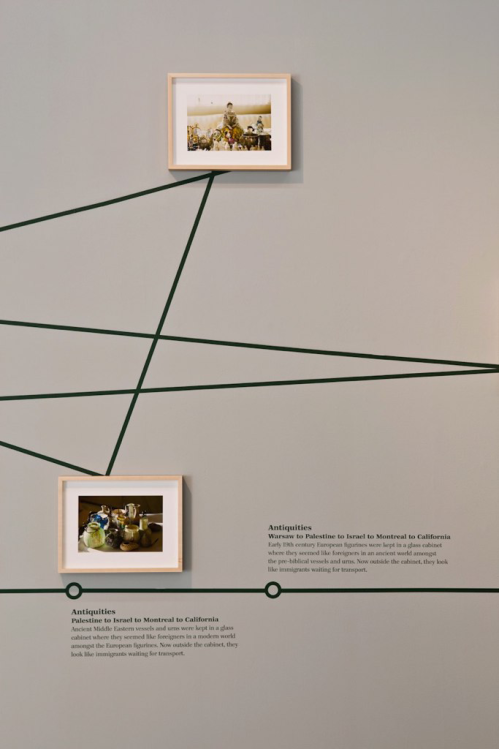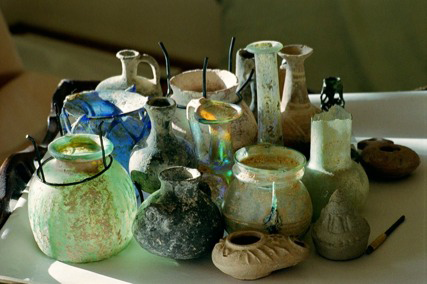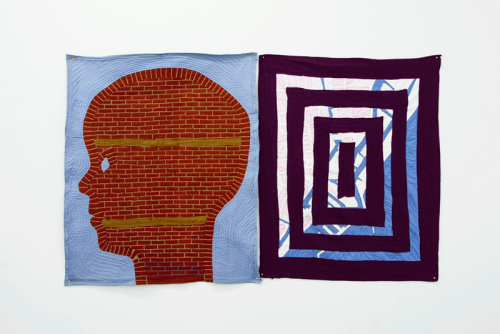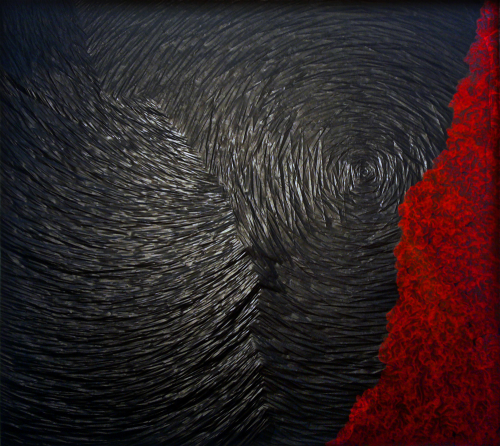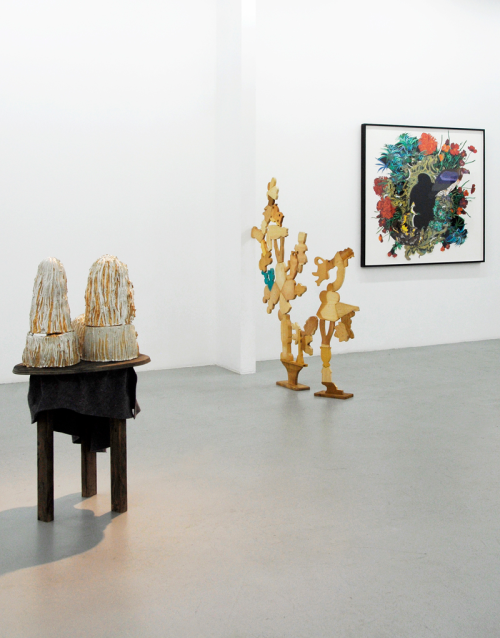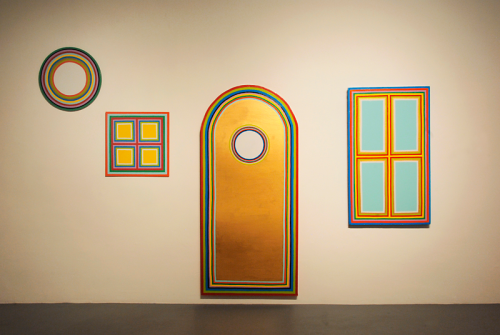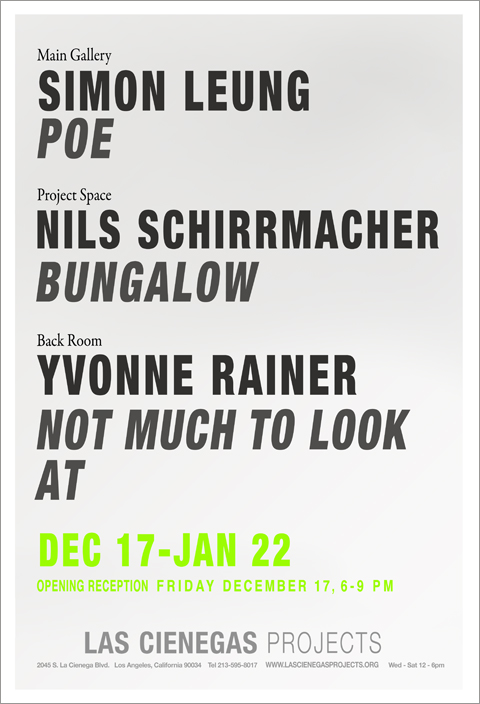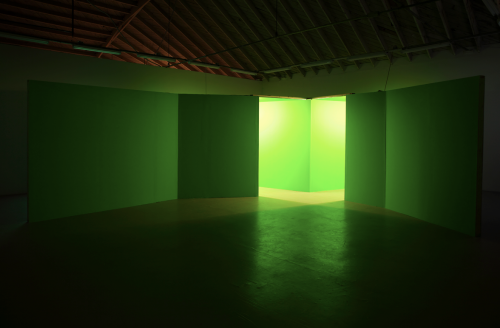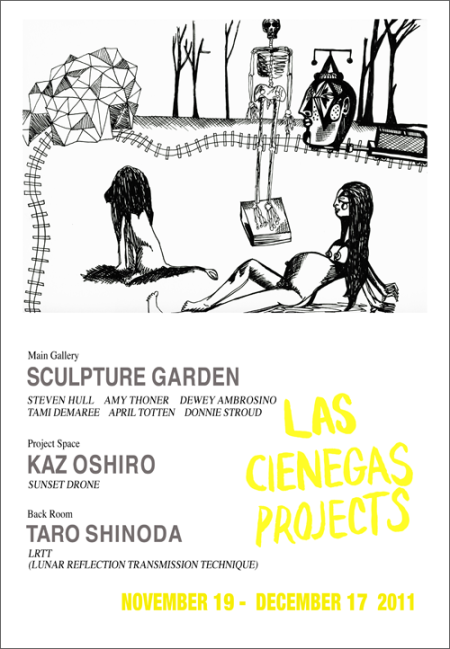 Main Gallery
Main GallerySCULPTURE GARDEN
Curated by Steven Hull
Including work by Steven Hull, Amy Thoner, Dewey Ambrosino, Tami Demaree, April Totten and Donnie Stroud
Steven Hull, sketch for Sculpture Garden
For Las Cienegas Projects’ final month of exhibitions, we are very pleased to announce Sculpture Garden, a collaborative installation conceived of by Steven Hull and including work by Steven Hull, Amy Thoner, Dewey Ambrosino, Tami Demaree, April Totten, and Donnie Stroud.
The installation will turn the main gallery into a fictional landscape that will include a moving passenger train for 2, photographic “billboards”, topographical hillscapes, sculptural works, and other elements found in gardens, outdoor leisure spaces, and trainscapes.



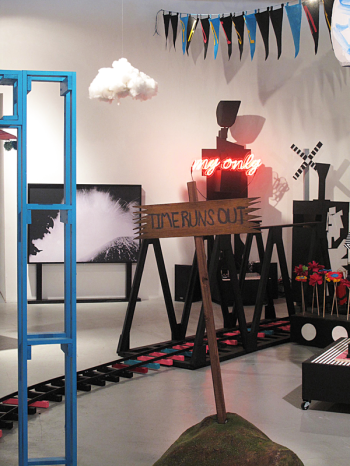
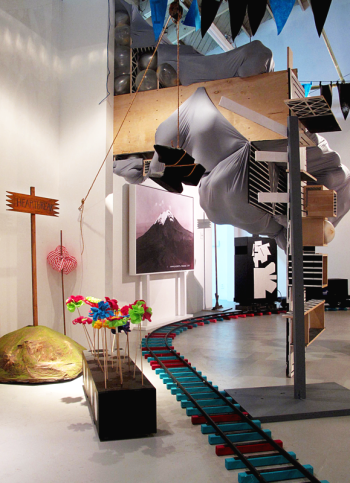

 Project Space
Project SpaceKAZ OSHIRO
Sunset Drone

Kaz Oshiro, detail from Orange Speaker Cabinets and Gray Scale Boxes (18 parts)
Las Cienegas Projects is pleased to present Sunset Drone, a solo exhibition by Kaz Oshiro. The exhibition includes Orange Speaker Cabinets and Gray Scale Boxes (18 parts), an installation comprised of twelve “Orange brand speaker cabinets” and six gray scale boxes, all made out of stretched canvas, acrylic paint and Bondo.
Kaz Oshiro’s trompe l’oeil style works 3-dimensionally depict American subcultural artifacts and familiar objects such as brightly colored Marshall amps, sticker-laden pickup truck tailgates, public garbage containers, and kitchen appliances. Done on box-shaped stretched canvases, the works often deal with the abstract qualities of surface and other issues of painting: scuff marks, scratches, dust, finger prints and gooey marks on specific surface finishes. Yet while Oshiro insists on the primary importance of painting in his practice, there is a simultaneity with sculpture that his works fully engage, along with a conscious interplay between realism and abstraction, pop and minimalism, content and façade.
Kaz Oshiro (b.1967) has lived and worked in Los Angeles since 1986. He has held solo exhibitions at Galerie Frank Elbaz, Paris; Galerie Emannuel Perrotin, Miami; Yvon Lambert, New York; and Rosamund Felsen Gallery, Santa Monica. His work has also been exhibited at the Villa du Parc, Annemasse, France; the McNay Art Museum, San Antonio, Texas; the Asia Society and Museum, New York; the Orange County Museum, Newport Beach; Hammer Museum, Los Angeles; the Japanese American National Museum, Los Angeles; and the Museum of Contemporary Art, Los Angeles. He holds a BA and MFA from California State University, Los Angeles.
Back RoomTARO SHINODA
LRTT (Lunar Reflection Transmission Technique)

left- Taro Shinoda’s telescopic video camera. Photo: Gulay Yigitcan; right- Taro Shinoda: Lunar Reflections (installation view, Isabella Stewart Gardener Museum), Taro Shinoda, 2009. Photo: Clements/Howcroft Photography.
Las Cienegas Projects is pleased to present Taro Shinoda’s LRTT (Lunar Reflection Transmission Technique). LRTT is a continually developing, 90-minute telescopic video installation. Motivated by the desire to view and experience the moon as a mutually shared phenomenon, Shinoda crafted a rudimentary astronomical telescope out of scrap corrugated cardboard and connected it to a video camera, setting out from different parts of the world to videotape the moon’s passage across the telescope’s field of view, as well as images of each city he visited (including Tokyo, Istanbul, Limerick, and Boston). For the exhibition at Las Cienegas Projects, Shinoda will include cityscape and lunar footage shot in and from Los Angeles.
The project began during the artist’s month-long stay at Boston’s Isabella Stewart Gardner Museum in the spring of 2007, when Shinoda was inspired by the moonlight and the sense of calm found late at night in the museum courtyard. Yet its roots lie in his early childhood memories of trying to communicate with his mother over great distances, entrusting messages to the moon, which he hoped his mother would receive on the other side of the planet when the moon rose for her.
The art of Taro Shinoda engages themes of science, philosophy, and desire, and investigates both our place in the universe and within contemporary society. Shinoda was born in 1964 in Tokyo, Japan, where he continues to live and work. He has held solo exhibitions at the Isabella Stewart Gardner Museum, Boston; REDCAT, Los Angeles; GALLERY SIDE 2, Tokyo; and Hiroshima City Museum of Contemporary Art, Hiroshima, among others, and has participated widely in group exhibitions including the 2011 Asian Art Biennale, Taichung; Transparency: Art for Energy, MACRO, Rome; He’e ualu, Galerie Frank Elbaz, Paris; Sensing Nature, Mori Art Museum, Tokyo; the 10th International Istanbul Biennial, Istanbul; and Time After Time: Asia and our moment, Yerba Buena Center for the Arts, San Francisco.




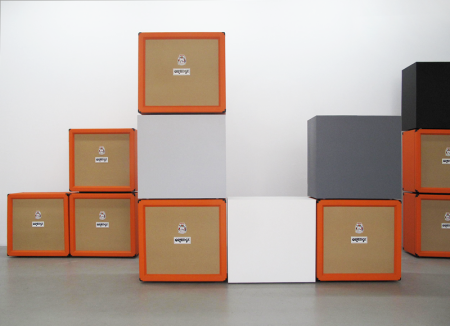











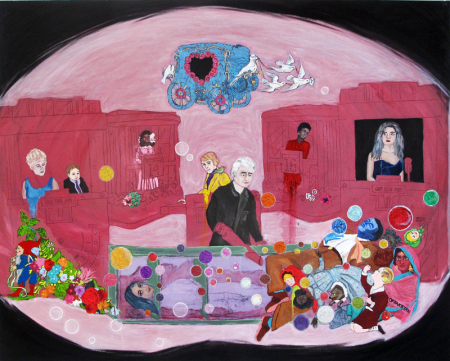













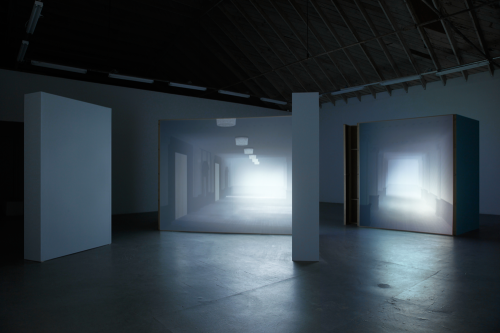

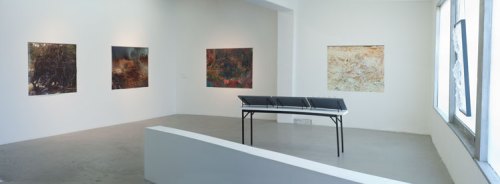




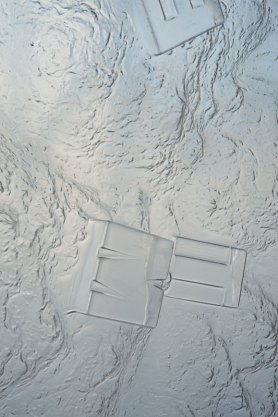








 Main Gallery and Project Space
Main Gallery and Project Space






















